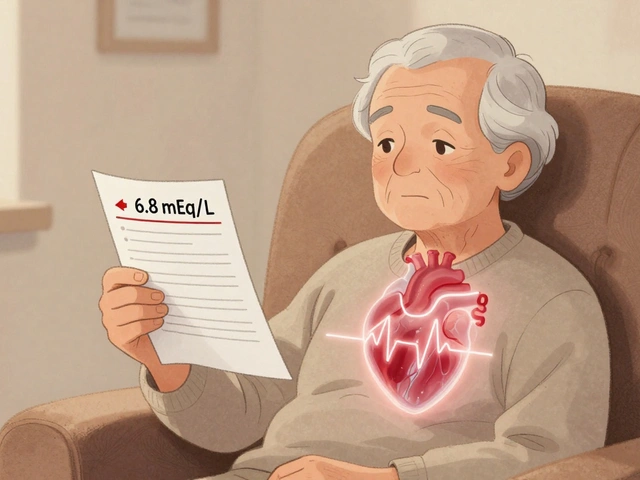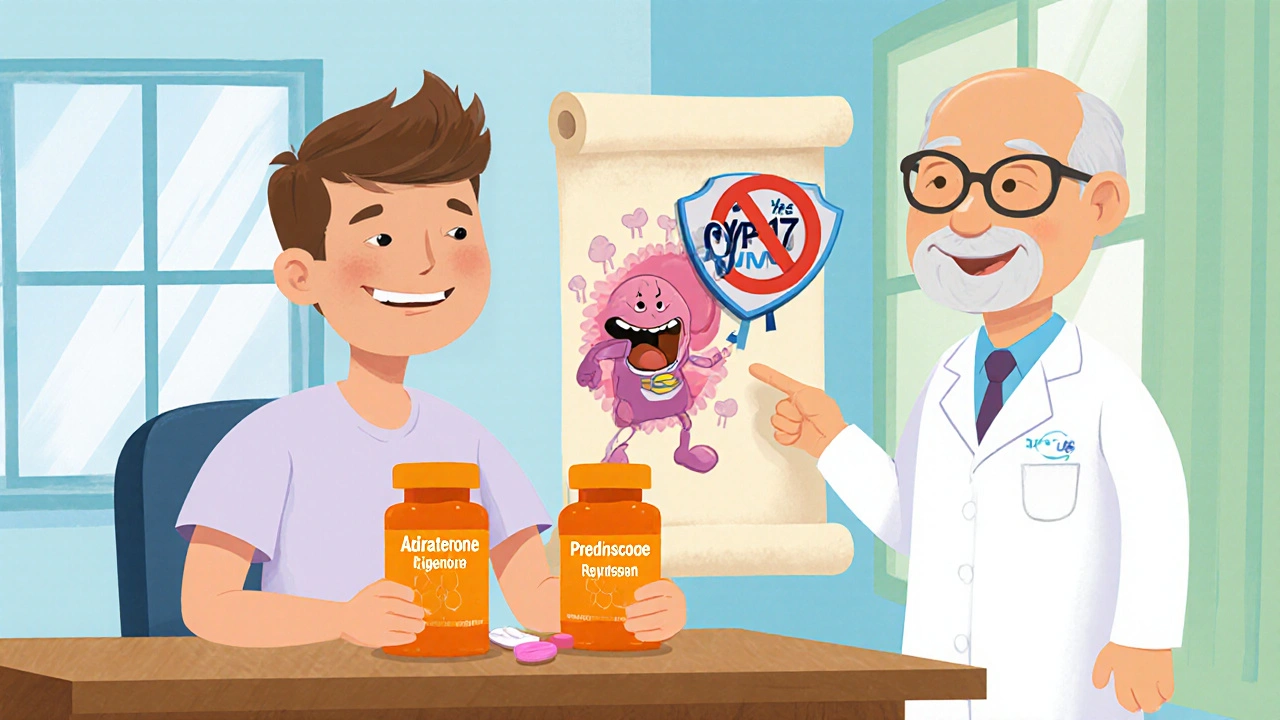PROSPER Trial – What You Need to Know About This Landmark Elderly Heart Study
When talking about PROSPER trial, the Prospective Study of Pravastatin in the Elderly at Risk examined how a statin affects heart health in adults over 70, also known as PROSPER, it’s easy to see why it still shows up in cardiology discussions. The study encompasses the use of statins, a class of drugs that lowers LDL cholesterol and reduces plaque buildup, and it targets cardiovascular disease, the leading cause of death worldwide. In plain terms, the trial asked whether giving pravastatin to seniors could cut heart attacks, strokes, and overall mortality. The answer shaped guidelines for treating older patients, showing that even after 70, cholesterol control still matters. Below you’ll find a quick snapshot of the trial’s design, the main results, and why those numbers still guide doctors today.
Key Elements of the PROSPER Trial
First off, the study was a double‑blind, placebo‑controlled experiment that enrolled over 5,800 participants aged 70‑82 from multiple countries. Researchers randomized each person to receive either pravastatin 40 mg daily or a matching placebo, then followed them for an average of three years. The trial’s primary endpoint combined fatal and non‑fatal heart attacks, strokes, and cardiovascular deaths – a classic composite measure used to gauge real‑world heart risk. Secondary outcomes looked at total mortality, changes in LDL cholesterol, and any side‑effects like muscle pain or liver enzyme shifts. By the end of the follow‑up, the pravastatin group saw a 15 % reduction in the primary endpoint and a modest 10 % drop in total deaths, while LDL levels fell about 30 % compared with placebo. Those numbers confirmed that statins work beyond middle age, a finding that today’s guidelines still quote when recommending therapy for older adults.
Beyond the headline results, the PROSPER trial highlighted a few nuances that matter for clinicians and patients alike. One notable observation was the similar safety profile between the drug and placebo groups, meaning older patients didn’t experience dramatically more muscle complaints or liver issues than younger cohorts in other studies. Another point was the trial’s subgroup analysis: benefits appeared strongest in participants with higher baseline cholesterol and those with a prior history of heart disease, while people with relatively low LDL saw a smaller absolute gain. This pattern helps doctors personalize decisions – if an elderly patient already has a heart condition, statin therapy is more likely to pay off. Finally, the cost‑effectiveness angle cannot be ignored; preventing just a handful of heart attacks per 1,000 patients translates into saved hospital days and reduced long‑term care expenses, a win–win for patients and health systems.
So, why does the PROSPER trial still echo in today’s medical literature? Because it bridges two critical ideas: the effectiveness of cholesterol‑lowering drugs and the importance of treating heart risk in the elderly. The trial requires clinicians to weigh age, baseline risk, and potential side‑effects when prescribing statins, while also reinforcing that lowering LDL is a proven strategy to cut cardiovascular events across the lifespan. As you scroll through the articles below, you’ll see related topics ranging from other statin comparisons, heart‑failure drug trials, to practical tips for traveling with heart rhythm disorders – all pieces that fit into the bigger puzzle the PROSPER trial helped shape. Dive in to see how these insights translate into everyday decisions, whether you’re choosing a medication, managing a chronic condition, or simply staying informed about heart health.
19
Abiraterone's Impact on Metastatic Prostate Cancer Treatment
Explore how abiraterone reshapes treatment for metastatic prostate cancer, covering its mechanism, key trials, guidelines, side‑effects and emerging combos.
Latest Posts
Popular Posts
-
 Allergy Action Plan: Essential Medications to Carry and When to Use Them
Allergy Action Plan: Essential Medications to Carry and When to Use Them
-
 Amyotrophic Lateral Sclerosis: How Riluzole Slows Neurodegeneration and Extends Life
Amyotrophic Lateral Sclerosis: How Riluzole Slows Neurodegeneration and Extends Life
-
 Dangerous Hyperkalemia from Medications: Cardiac Risks and Treatment
Dangerous Hyperkalemia from Medications: Cardiac Risks and Treatment
-
 Constipation from Medications: Complete Management Guide
Constipation from Medications: Complete Management Guide
-
 Pharmacy Reimbursement: How Generic Substitution Impacts Pharmacies and Patients Financially
Pharmacy Reimbursement: How Generic Substitution Impacts Pharmacies and Patients Financially



